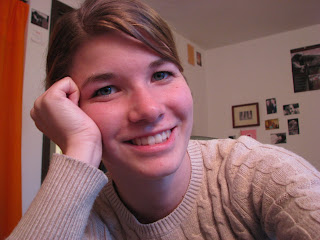Liz: Last Thoughts on Spanish Community Service Learning Course

For most of my other James Scholars projects I have had to write research papers or term papers. Although last year I also got to help design the new Spanish advising website, I would still say that this has been my favorite project! It was great because I got to share with other people my experiences from the community. It also gave me the opportunity to learn about new things like SpanishPod and Global Youth Service Day. I really have loved meeting so many wonderful people! I am so glad that I signed up for this class and I really feel connected with the students at Central High School. This blog has given me a great way to reflect on my time with the students and I think that I have truly grown to appreciate all of it. My experiences with the students at Central will stay with me for a long time and I know that they will have more of an impact on my life than any paper I could write. Hopefully other students will take the opportunity to write in this blog in the future. I would love...




























